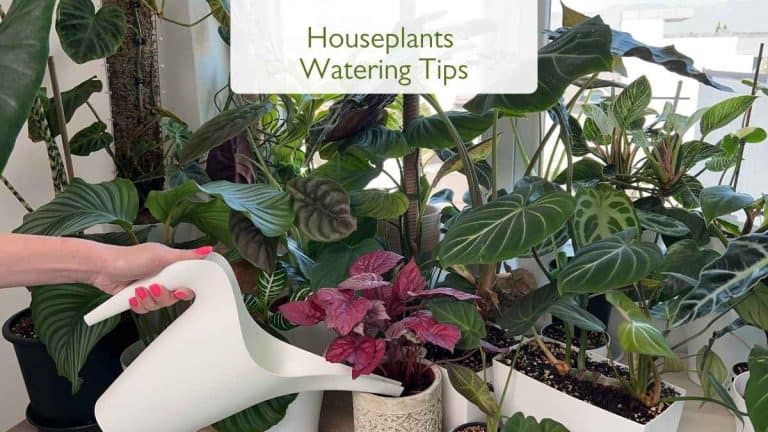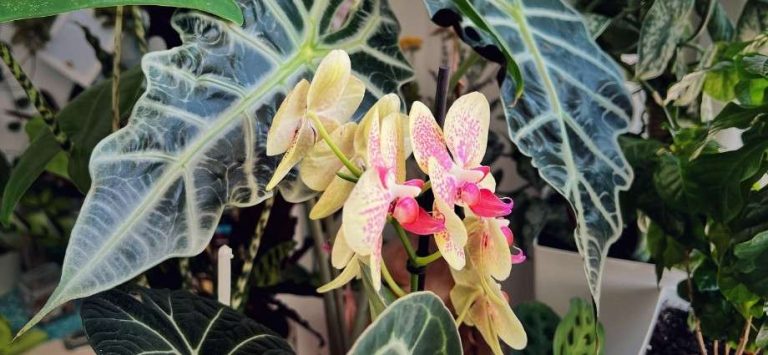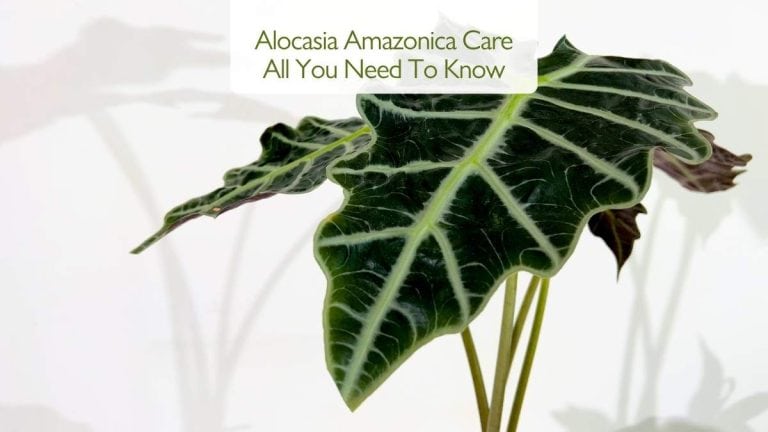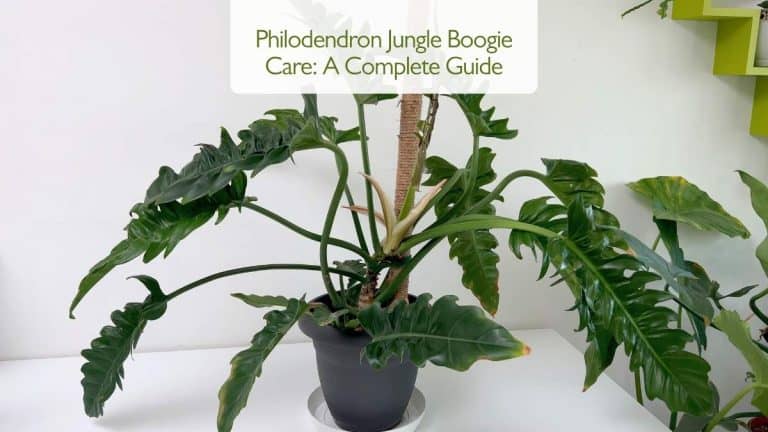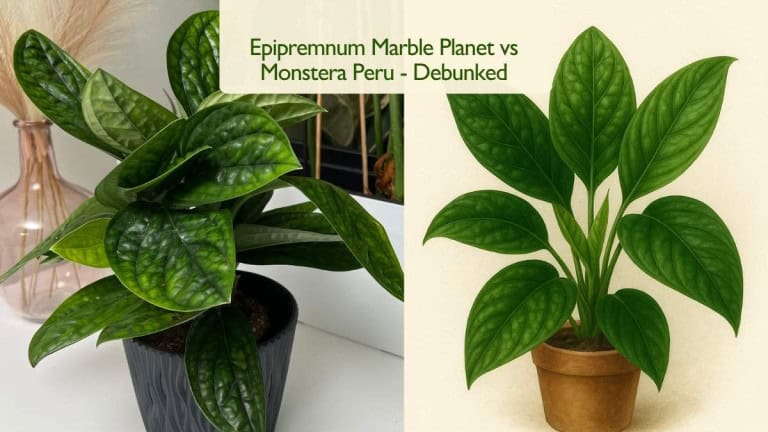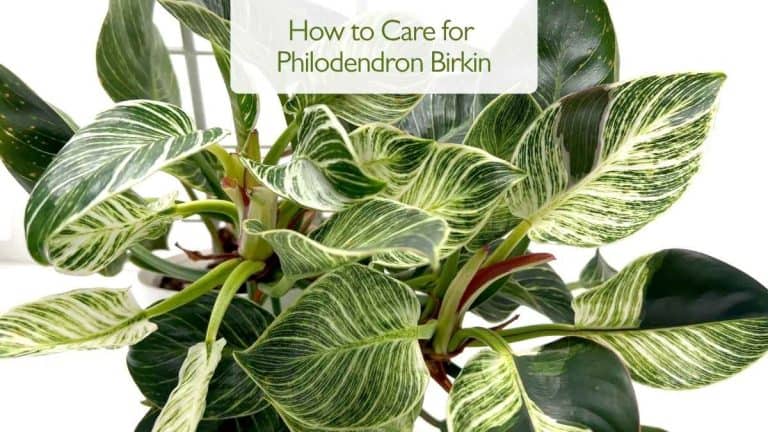Houseplants Watering Tips – 5 Mistakes to Avoid: How, When & How Much to Water
Are you looking for the best houseplants watering tips to keep your indoor plants healthy and thriving? Watering might seem simple, but it’s one of the most common causes of problems like yellowing leaves, drooping stems, or stunted growth. Many plant lovers unknowingly make mistakes that stress their plants or even cause root rot.
In this detailed guide, I’ll share the 5 most common watering mistakes to avoid and explain how, when, and how much to water your houseplants effectively. I’ll also cover different watering methods, seasonal adjustments, and a bonus tip about the quality of water you use. Plus, you can watch my full video below to see these tips in action.
Houseplants Watering Tips – Common Mistakes and Smart Solutions
In this video, we reveal the most common watering mistakes people make with houseplants — and how to fix them. Whether you’re overwatering, underwatering, or confused by soil moisture levels, these practical tips will help keep your plants healthy year-round.
Click here to watch this video on YouTube
Mistake #1: Ignoring Your Plant’s Specific Watering Needs
One of the biggest mistakes when it comes to houseplants watering tips is treating all plants the same. The truth is, every plant species has its unique water requirements. For example:
- Cacti and succulents thrive with very little water and need soil that dries out almost completely between waterings.
- Tropical plants like calatheas, philodendrons, and alocasias prefer consistently moist soil but not soggy.
In addition to species, other important factors affect watering frequency:
- Pot size: Larger pots retain moisture longer than small ones.
- Pot material: Terracotta pots dry out faster than plastic or glazed ceramic pots.
- Soil type: Fast-draining soil requires more frequent watering, while soil with high moisture retention needs watering less often.
By understanding these factors, you can avoid two of the most common issues: overwatering and underwatering, which can both harm your plants.
Mistake #2: Watering on a Schedule Instead of Checking Soil Moisture

Many plant parents fall into the trap of watering on a strict weekly or monthly schedule. While schedules can be a helpful starting point, plants don’t always need water at the exact same time every week or month.
Watering on a rigid schedule is a frequent mistake covered in houseplants watering tips, because it often leads to:
- Overwatering when soil is still moist.
- Underwatering when the soil dries out faster than expected.
How to Know When to Water
The best way to avoid this mistake is to always check the soil before watering:
- Stick your finger about two inches into the soil. If it feels dry at that depth, it’s time to water. If it’s still damp, wait a few more days.
- You can also use a moisture meter, which you insert into the soil near the roots. It will indicate if the soil is dry, moist, or wet.
Other signs that your plant needs water include drooping or wilting leaves. If your plant looks sad and limp, act quickly by watering to help it bounce back. Leaving a plant wilted too long risks permanent damage.
With time and practice, you’ll learn your plants’ unique watering rhythms and will need to check less often.
To help you keep track of your watering schedule and avoid common mistakes, I’m offering special offer for Printable Watering Planners!
Mistake #3: Using Only One Watering Method
The way you water your houseplants matters just as much as how much you water. Relying on a single watering method is a common mistake in houseplants watering tips. Different methods hydrate the roots differently, and mixing methods can improve plant health.
Common Watering Methods Explained
- Top Watering: The most common method—pour water directly onto the soil. Make sure to empty any excess water in the saucer within 15 minutes to prevent root rot. One downside is that top watering may wet only part of the soil, so some roots may not get enough moisture.
- Soaking: Place your pot in a container of water for 15 to 30 minutes. This allows water to soak evenly into all the roots, making it a great deep hydration method. I recommend soaking about once a month or before trips, as the soil retains moisture longer than with top watering. After soaking, you may skip a regular watering session to avoid overwatering.
- Showering: Mimics a tropical rainstorm by rinsing off leaves and hydrating roots. It also removes dust from leaves and increases humidity, which tropical plants love. Shower your plants monthly in summer and every 2–3 months in winter. After showering, I like to fertilize plants—the wet roots absorb nutrients better without risk of root burn.
- Bottom Watering: Place your pot in a tray filled with water and let the plant absorb moisture through drainage holes for about 30 minutes. This method encourages strong root growth and is useful for plants prone to overwatering. However, it isn’t ideal for all plants, so always check your plant’s preferences.
By combining these watering methods—top watering, soaking, showering, and bottom watering—you’ll give your houseplants balanced hydration and care.
Mistake #4: Letting Plants Sit in Water
One of the easiest and most damaging mistakes in houseplants watering tips is forgetting to empty saucers or trays after watering.
When plants sit in standing water, their roots can’t breathe properly. This suffocation leads to root rot, one of the most serious and common houseplant problems. Root rot spreads quickly and can kill your plant if not caught early.
How to Prevent Root Rot
- Always drain excess water from saucers or trays about 15–20 minutes after watering.
- After soaking or bottom watering, ensure the pot drains completely before returning it to its spot.
- If you tend to forget, set a timer or reminder to empty the saucer.
These small habits make a huge difference in keeping roots healthy.
Mistake #5: Forgetting Seasonal Watering Adjustments
Another overlooked factor in houseplants watering tips is that watering needs change throughout the year.
- Winter: Most houseplants slow their growth, so they need less water. The soil also retains moisture longer.
- Summer: Plants grow faster and lose water through leaves more quickly, requiring more frequent watering.
Indoor heating in winter dries out soil faster than expected, while air conditioning in summer can lower humidity, both affecting watering needs.
For more seasonal care advice, don’t forget to check out my detailed guide on Summer Tips for Houseplants to help your plants thrive during the warmer months.
To prepare your plants for colder months, be sure to watch my Winter Houseplants Tips video for essential advice on keeping your indoor garden healthy all winter long. You can watch the video below:
Pro Tips for Seasonal Care
- Adjust your watering frequency to the season.
- Use a hygrometer to monitor humidity levels, especially for plants that love high humidity such as calatheas, ferns, or alocasias.
- Watch your plants closely for signs of stress during seasonal transitions.
Bonus Tip: Choosing the Right Water for Your Houseplants
Water quality is often underestimated in houseplants watering tips but can significantly impact plant health.
- Tap water generally works well, but let it sit for 24 hours to allow chlorine to evaporate and to reach room temperature.
- Sensitive plants such as calatheas, philodendrons, and alocasias may react badly to chlorine, fluoride, or other minerals in tap water.
- Rainwater, distilled, or filtered water is ideal for these plants to prevent brown tips and leaf yellowing.
If collecting rainwater isn’t an option, filtered or distilled water is a good alternative.
Final Thoughts
By following these expert houseplants watering tips, avoiding common mistakes, and combining watering methods, your indoor plants will stay healthy, hydrated, and beautiful all year round.
What watering methods work best for you? Let me know in the comments below!
If you found this article helpful, please like, subscribe, and share for more plant care advice.
Happy growing!
Explore More Music for Your Plants & Stay Connected!
Check out my Playlist: Music for Plants and find the perfect tunes to help your plants and yourself thrive.
Don’t forget to visit my YouTube Channel Plant House & Garden and subscribe — your support means the world to me!
Connect with me on social media for more plant care tips and music updates: Instagram | Facebook | X | Pinterest | Reddit | TikTok
Love plants? Love music? Don’t miss out on new updates — hit subscribe and follow now to keep your plants happy and your space vibrant!

